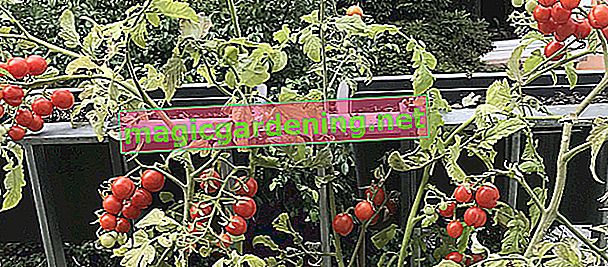
This is how you effectively prevent gelatinization
The heat-loving and light-hungry tomatoes can only be planted outdoors and in an unheated greenhouse from mid-May. Hobby gardeners therefore prefer them in bright, warm rooms. After sowing in early / mid-March, the seeds germinate within 10 to 14 days. If the temperatures and light conditions are not right, the seedlings will die. How to prevent unnatural growth in length:
- after germination move the seed tray to a cooler place at 16 to 18 degrees Celsius
- any cover is now removed
- the higher the temperatures, the lighter the location should be
- when the second pair of leaves appears, the seedlings are pricked out into individual pots
also read
- Do tomatoes also thrive in partial shade?
- When are tomatoes in season in Germany?
- Transplant tomatoes with a sure instinct - this is how it works
In the local regions, normal daylight is barely enough to provide tomatoes with enough brightness for photosynthesis. Experienced tomato gardeners therefore use special growth lamps to prevent gelatinization. These are light sources that irradiate plants with exactly the right spectrum of light waves.
Rescue dead seedlings
If the tomato plants stretch fearfully towards the light, sooner or later they will tip over. As long as the decayed instinct does not break through, there is still hope of salvation. Put the plant deep enough into the soil that the kink is stabilized. Fresh adventitious roots are now sprouting from the subterranean stem parts. In addition, the above-ground shoot is tied to a tomato stick.
Tips & Tricks
Large mirrors have proven to be a clever alternative to expensive plant lamps. If there is room for tomato seedlings by the warm south-facing window of the house, put a mirror behind the planting bowls. The reflecting daylight is usually sufficient for the plants to carry out their vital photosynthesis without gelling.








